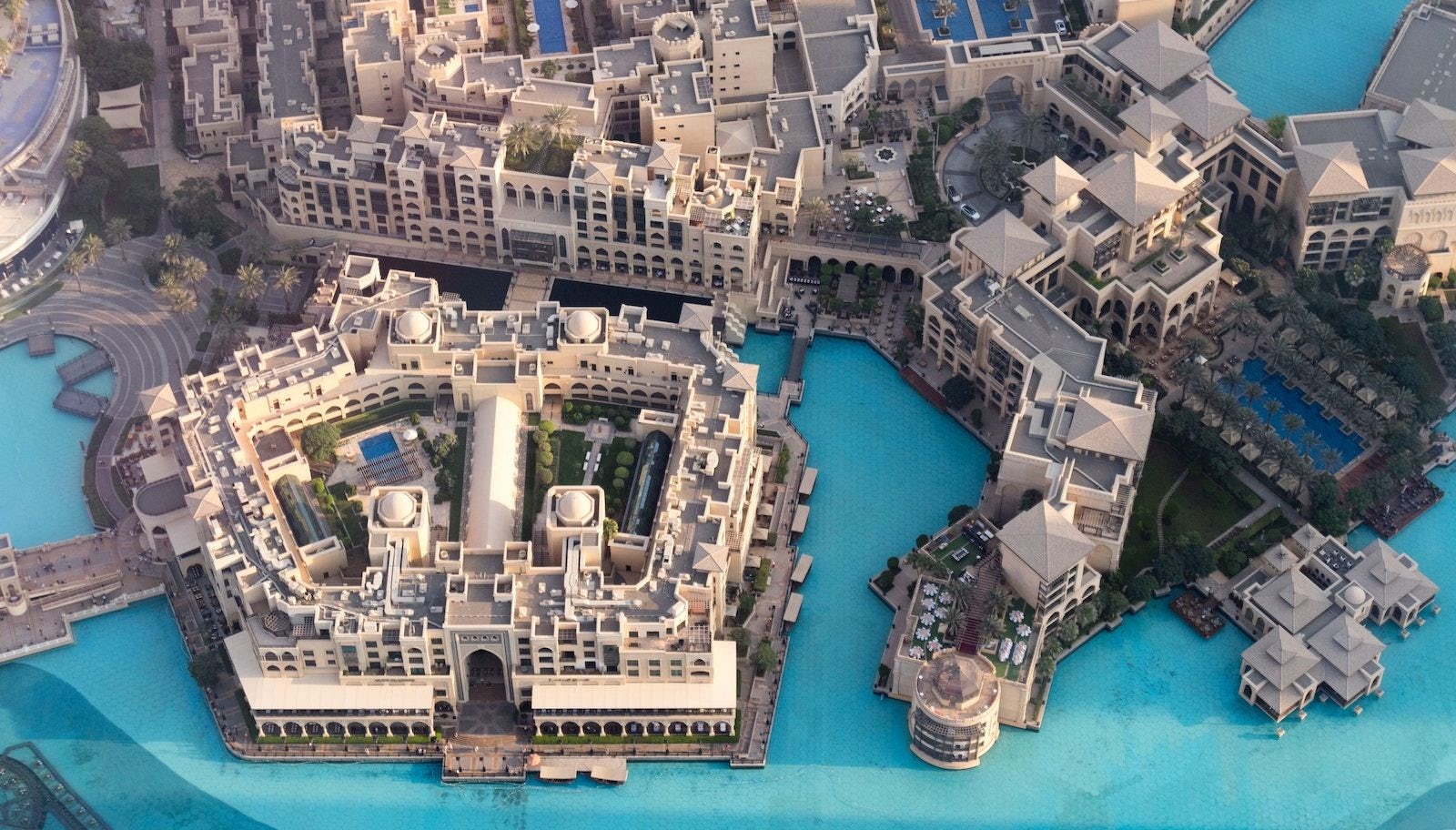After a disappointing 2022, when the Chinese economy had one its worst growth rates in recent history and experienced its first population decline in more than 60 years, the sentiment is starting to shift. In the first quarter of 2023, the economy grew 4.5 percent versus the same quarter a year earlier, beating most forecasts. This was driven mainly by the retail sector, which grew 10.6 percent in March, while property investments declined significantly at a rate of almost -6 percent.
With new record numbers by LVMH and Hermès — the latter reported a revenue increase of 23 percent in the first quarter of 2023 — China seems to be back as a major growth driver for the luxury industry. Hermès also just announced the reopening of its renovated store the Peninsula Hotel in Beijing, doubling the size of its first brick-and-mortar location in mainland China. A clear sign of a bullish outlook on the country.
However, it’s important to note that China's rebound over a longer period will depend on the successful structural transition from the investment-fueled growth that was defining for the country over the last two decades to one that now depends mainly on consumption. Many question marks remain.
Among the structural problems that China is facing are a high youth unemployment rate, a growing divide between the wealthy and the rest of the population, declining property investments, and waning confidence in the private sector after a series of actions to tame the power of private conglomerate giants like Alibaba. Additionally, China’s export model, which fueled its economic growth for decades, is coming under increasing pressure as companies diversify their global supply chains.
As luxury brands pay close attention to the growth rates over the next quarters, I caution them not to forget that the baselines in 2022 have been historically low, in part due to the strict lockdowns. Also, brands must not forget that the severely restricted travel situation likely led to one-time consumption effects, where spending for travel was redirected into spending for luxury items like watches and fine jewelry. Some of the brands that profited from clients who were willing to splurge their travel budgets on goods already see a reduction in domestic demand as more people redirect their spending back to travel.
Hence, a disproportionate growth in China over the next few years is not going to be automatic for most brands. Instead, solving its structural challenges will be a precondition to further boost private spending and fuel the luxury sector. On top of this, the geopolitical uncertainty with ongoing tensions between the US, Europe, and China, as well as the escalating situation between China and Taiwan, pose major risks to luxury brands that extend beyond pure macroeconomic considerations.
Another factor is that Chinese luxury clients are becoming increasingly aspirational and sophisticated, even at a young age. Hence, brands are confronted with the highest share of affluent Gen Z and young millennials of any major country in the world, a clientele that many brands are still not taking seriously enough.
It’s a generation that deeply cares about client-centric brand stories, or what the brand means for them. They seek the cultural value of brands and appreciate cultural capital. This is very different from the endless reiterations of heritage that so many brands are focusing on. Instead of caring what a brand did 30 or 40 years ago, they want to know how the heritage enables brands to provide them value today. It’s a fundamentally different question that few brands can answer.
The change is so profound that many legacy brands are starting to feel the heat. In automotive, to give an example, client preferences of Gen Z have shifted rapidly in favor of Chinese brands, especially when it comes to electrification, vehicle design, and in-car entertainment. The shift is so profound and fast that many legacy brands that were the leaders of their respective segments are scrambling to defend their market share and see the desirability of their brands eroding in record speeds.
In fashion, hospitality, beauty, jewelry, apparel, and other sectors, I hear similar voices raising concerns of keeping up with changed client expectations at unprecedented rates.
This means that luxury brands have to fundamentally rethink how to entice Chinese clients and grow their business there in a sustainable fashion, both in revenue and profitability. While the top brands have large dedicated local teams with top talents who can understand Chinese clients, reach and inspire them on the ever-evolving digital infrastructure, and service them wherever they are in the world, most of the smaller brands lack that level of closeness to the market.
Hence, in an increasingly sophisticated and saturated market with many challenges and uncertainties, the gap between brand powerhouses like Louis Vuitton, Dior, Chanel, Hermès, Rolex, and Ferrari and many of the smaller brands is increasing in China. These brands have also started to recalibrate their revenue streams with an increased focus on North America and the Middle East to reduce their dependence on China in case of a geopolitical crisis. As such, many of the smaller brands now face the double whammy of playing catch up in China while being forced to over-invest in other regions, which puts additional pressure on their bottom line.
This has caused many of the smaller luxury and premium brands to unleash permanent price reductions, discounts and promotions, which may support their sales in the short term, but will have catastrophic implications for brand equity in the long term.
What brands need to do, instead, is to up their game in storytelling to create an emotional response from their audience. It has to be dramatically less about them and more about why they matter in the life of clients. It has to go from reiterating the same category markers (design, architecture, quality, etc.) — which does not create differentiation — to being crystal clear about the value proposition and creating relevance for Chinese Gen Z.
This time, the increasing sea level — as an analogy for the market growth — will not cause all boats to rise, just those who are prepared. The others will face rough waters and eventually tank. A new approach is needed, with a much more precise focus on excellence in execution, storytelling, and creating local relevance.
The times of expecting automatic growth in China by the sheer size of the market are over. The rebound will benefit the few brands that are able to connect deeply with local clients; for the others, recovery will be a costly endeavor.
This is an opinion piece where all views expressed belong to the author.
Named one of the “Global Top Five Luxury Key Opinion Leaders to Watch,” Daniel Langer is the CEO of the luxury, lifestyle and consumer brand strategy firm Équité, and the executive professor of luxury strategy and pricing at Pepperdine University in Malibu, California. He consults many of the leading luxury brands in the world, is the author of several best-selling luxury management books, a global keynote speaker, and holds luxury masterclasses on the future of luxury, disruption, and the luxury metaverse in Europe, the USA, and Asia.
Follow him: LinkedIn: https://www.linkedin.com/in/drlanger, Instagram: @equitebrands /@thedaniellanger




